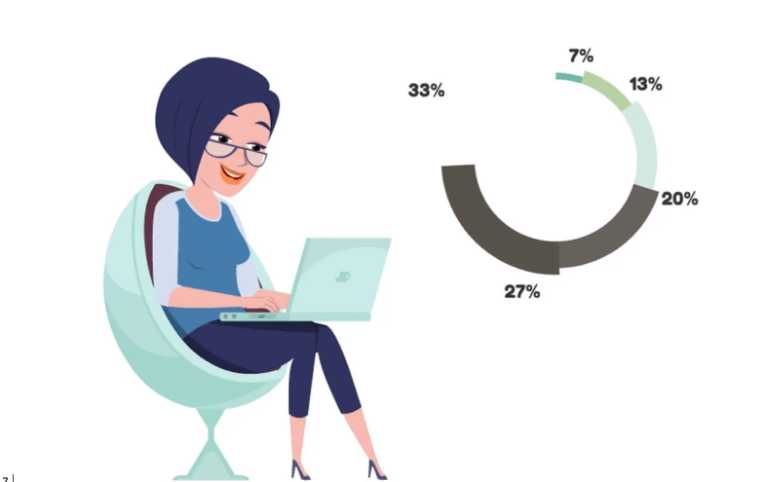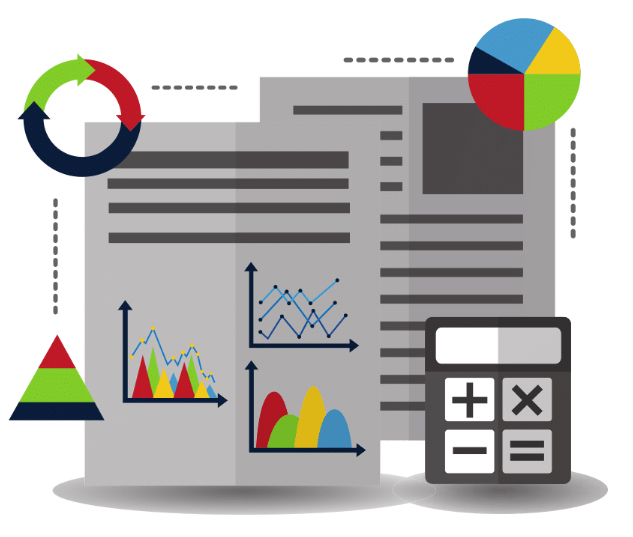Let's Stop Synthetic Respondents!
StatGenius stands firm against AI respondent systems. Synthetic respondents might look like real data points, but they’re not — they’re just approximated patterns stitched together by a model. It’s smoke and mirrors. No one, not even the world’s top AI labs, actually understands how these large language models arrive at their answers
That’s why claims from vendors are misleading at best. If a vendor rep tells you they “know how their model works,” they’re lying. These systems don’t provide real respondents, reliable reasoning, or reproducible results. They produce polished guesses. And when the stakes are high — in business strategy, scientific research, or government policy — polished guesses are worthless.



